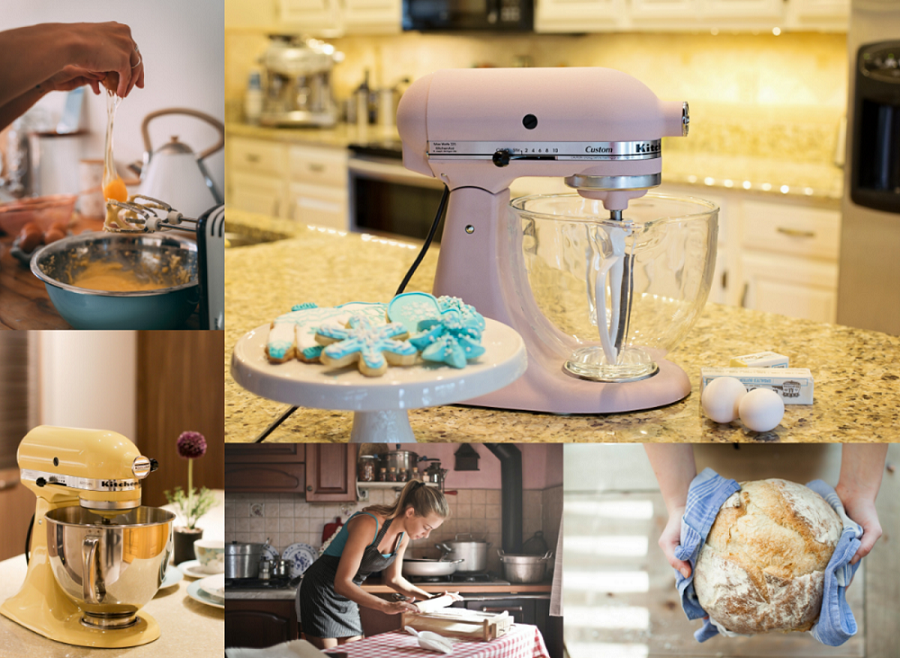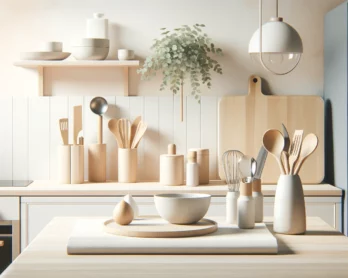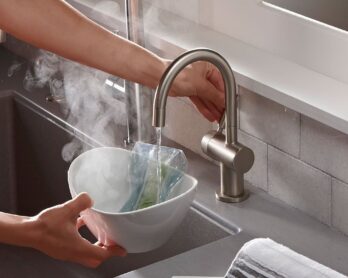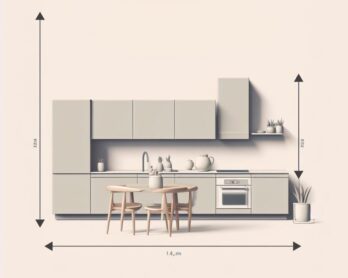Buying Guide for Selecting the Best Mixer
Buying a stand mixer can be a smart small appliance investment for people who tend to bake on a regular basis. A kitchen mixer help saves time and physical exertion by doing all of the time-consuming hand stirring and difficult kneading. Coming in a range of shapes and sizes, there are also many stand mixer features and options. With so many choices, many people wonder how to select a kitchen stand mixer.
When deciding which stand mixer is best, a user should consider how the product will be used. If making an occasional cake or other light batters, a low-end kitchen mixer will work just fine. If seeking to make batches of cookies or other stiff doughs like bread, a stand mixer with greater power and capacity should be sought out.
And, depending on how often the mixer will be used, the construction of the unit should also be considered. A stand mixer is used often should be of stronger, metal construction. The following buying guide describes the mixer types and features, along with popular brands.
Stand Mixer Types
- Single Beater mixers use one beater which spins around in one direction. Single beater stands mixers are usually more versatile in that they come with various beaters for whisking, beating, or kneading.
- Double Beater mixers use two beaters that spin against one another. Typically, double beater stands mixers are only used for whisking or beating, but no kneading.
Additionally, depending on the brand and model the mixing bowl may be either stationary or spinning. Stationary mixing bowls do not move during mixing. However, spinning bowls are intended to spin in the opposite direction as the beaters, often through manual control.
Stand Mixer Features
- Tilt- head is common in stand mixers and allows a user to tilt the unit upward in order to access and change the beaters. This feature is essential when working with stiff doughs but the height of the tilt should be considered based on where they stand mixer will be used, to ensure it is not hindered by overhead cabinetry. Some models may instead use a bowl lift that raises and lowers the bowl so as not to tilt the mixer.
- Speeds typically range from 225 watts to 1,000 watts, for truly commercial-grade mixing speed. Stand mixers for most home cooks will range in speed from 325 watts to 500 watts.
- Attachments are commonly available with single beater stand mixers, including a variety of beaters like whisks, paddles, or dough hooks. Additionally, some mixers have an assortment of optional mixer attachments for functioning as a juicer, meat grinder, or even a pasta maker.
- Locking features are useful when making stiff doughs, like bread. The lock ensures that the beaters do not lift up, so the head of the mixer does not tilt while in use.
- The capacity of the mixing bowl should be considered based on how the stand mixer will be used. Five-quart mixing bowls work well for batches of cookies and cakes. If seeking to make double batches or loaves of bread, it may be best to consider a mixer with at least a six-quart capacity. Most bowls range in size from 4 to 7 quarts.
Furthermore
- Weight and size are typical concerns when buying a stand mixer. Stand mixers that are more powerful and have larger bowls will likely also take up more room and weigh more. Be sure to measure the mixer and determine if the counter or cupboard provides adequate storage space for when it is not in use.
- Speed controls allow a user to adjust the speed at which the beaters turn. Depending on the stand mixer model the controls may be numerically ranging in graduating speed from 1 to 10 or it may simply have low, medium, and high settings. The more speed levels, the greater the control while mixing.
Popular Stand Mixer Brands
- KitchenAid
- Cuisinart
- Viking
- DeLonghi
- Bosch
- Sunbeam
- Hamilton Beach
Stand mixers are popular small kitchen appliances and are helpful in mixing cookies, cakes, and bread. Before buying a stand mixer, review the key features to determine and consider how the mixer will be used. The best mixer is the one that meets the needs of the home cook.
Internet Connected Devices for the Kitchen
| Image sources |
|---|











